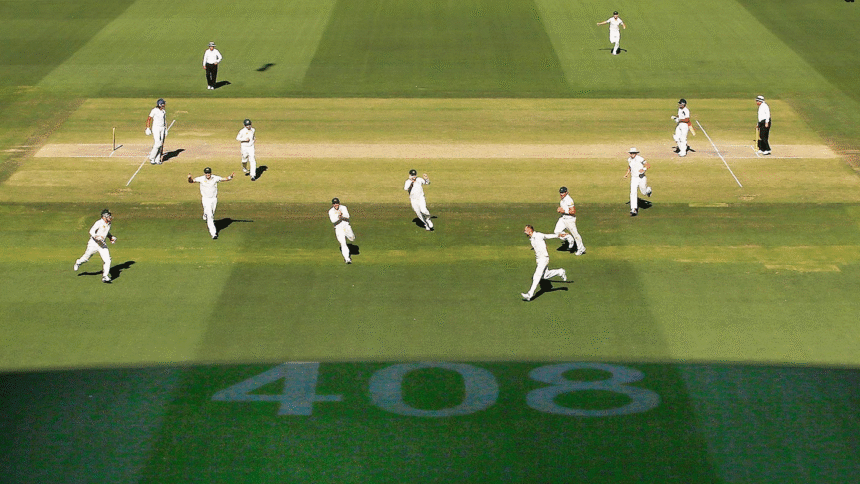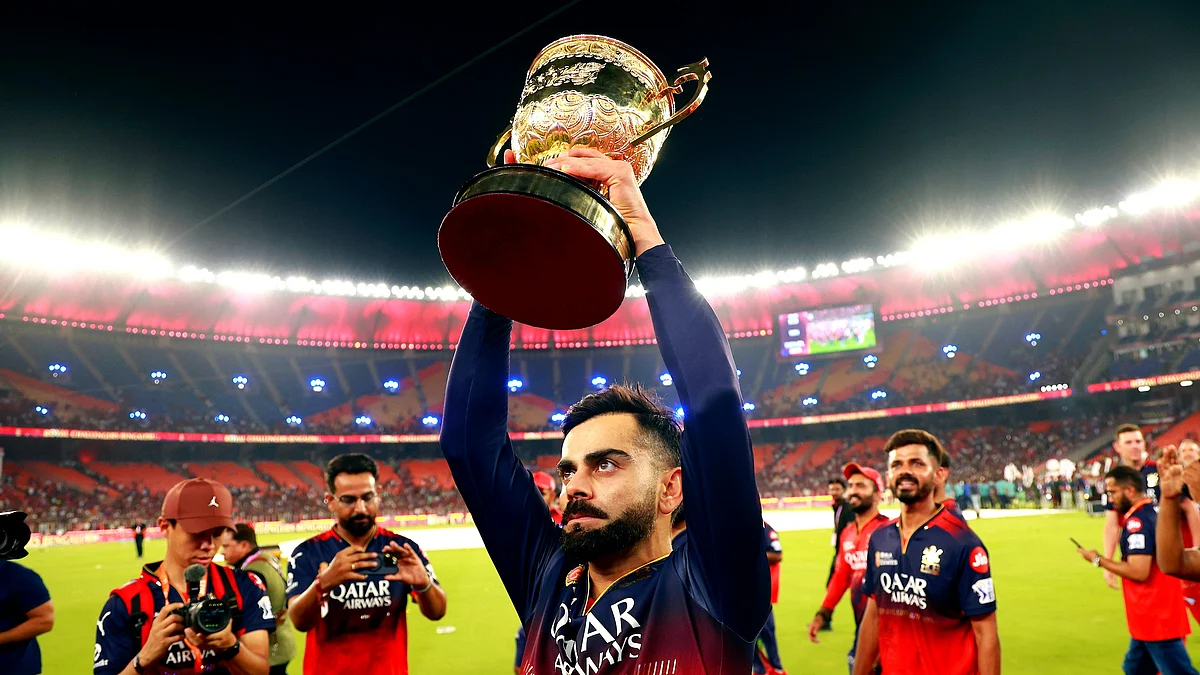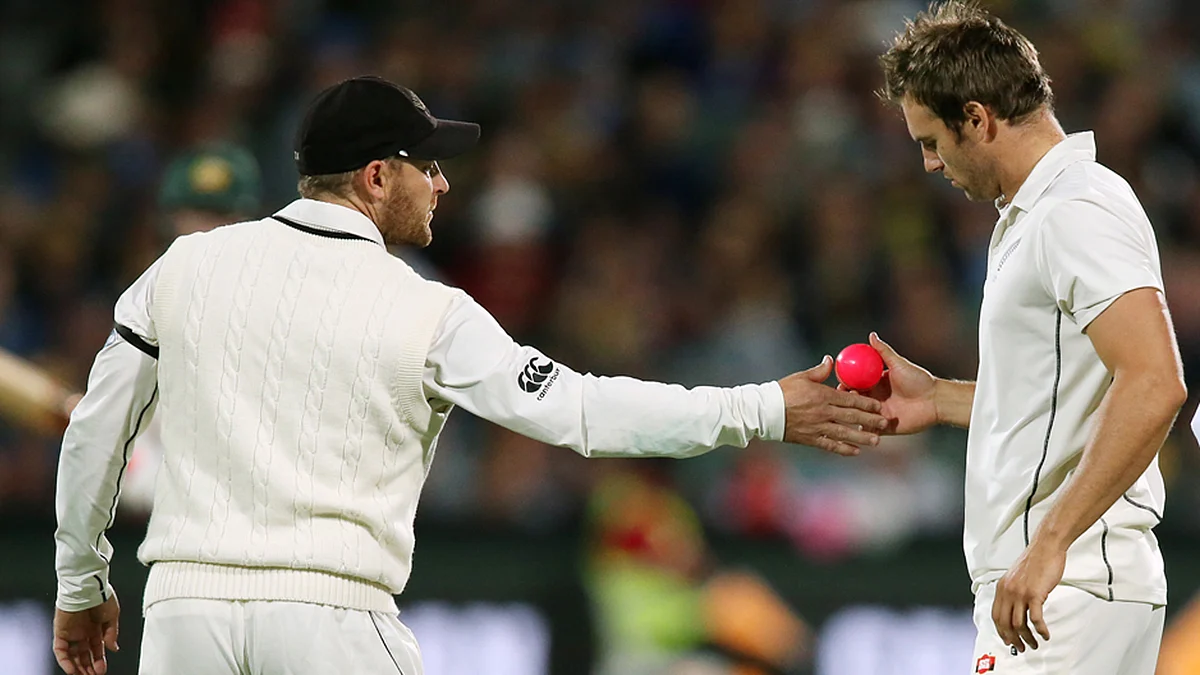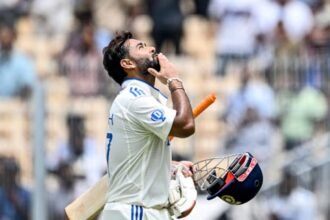Future of Test Cricket, Cricket has always been a sport of tradition—five days of grit, patience, and strategy played under the sun in crisp whites. But today, the sound of leather on willow is being drowned out by fireworks, DJs, and sixes soaring into the stands. With the explosion of T20 leagues across the globe, Test cricket, once the heartbeat of the game, is now struggling for relevance.
So, what’s going on? Is Test cricket truly dying—or is it just facing a midlife crisis? Let’s unpack the chaos and take a closer look at the future of Test cricket.
The Meteoric Rise of T20 Leagues
Let’s be honest—T20 cricket is addictive. It’s like cricket with a shot of espresso. These three-hour thrillers pack in adrenaline, drama, and non-stop action. That’s a far cry from the five-day patience game called Test cricket.
Leagues like the Indian Premier League (IPL), Big Bash League (BBL), SA20, and The Hundred are more than sporting events—they’re entertainment behemoths. Cheerleaders, glittering sponsorships, and fireworks galore—it’s no wonder that fans, especially the younger ones, are hooked.
Test Cricket Is Losing the Crowd
When was the last time you saw a full house for a Test match outside of an Ashes series or India vs Australia? Empty seats are now a norm, and TV ratings continue to plummet. In this era of streaming, viral videos, and short attention spans, watching a match over five days feels like a commitment few are willing to make.
Even loyal fans admit it: watching a Test match requires dedication. And that’s a hard sell in today’s fast-paced digital world.
Younger Generations Prefer the Blitz
Gen Z and millennials are growing up with a diet of T20 highlights and last-ball thrillers. They crave instant gratification, big hits, and epic finishes. Test cricket? It’s slow, technical, and demands patience—qualities that feel outdated in the Instagram age.
As young fans turn away, so do broadcasters and sponsors. This doesn’t bode well for the future of Test cricket.
Follow the Money: The T20 Gold Rush
Let’s talk numbers. T20 leagues offer eye-popping salaries. A two-month contract can earn a player more than an entire year playing Tests.
So, it’s no surprise that players like Trent Boult, Andre Russell, and Sunil Narine have ditched national contracts to become T20 freelancers. They earn big, travel the world, and avoid the physical and mental drain of five-day games.
The economics are clear—and they’re driving a wedge into the future of Test cricket.
The Growing Divide in Player Priorities
Representing your country in Test cricket used to be the pinnacle of a cricketer’s dream. But today? Players aspire to play in IPL, CPL, or BPL, chasing franchise fame over national pride.
Younger players idolize T20 heroes more than Test icons. That shift in cricketing culture is not just real—it’s alarming for the future of Test cricket.
Skillsets Are Evolving—But Not for Tests
T20 demands power-hitting, unorthodox shots, and pace variations. Players adapt their techniques to suit the format. But when these players step into Test arenas, many struggle.
Their technical base isn’t built for five days of mental grind. It’s like expecting a Formula 1 driver to excel in a rally race—different disciplines, different demands.
This shift could weaken the talent pipeline feeding the future of Test cricket.
T20 Leagues Are Consuming the Calendar
Here’s another major issue: T20 leagues now dominate the annual cricket calendar. National boards are forced to schedule Tests around franchise windows, not the other way around.
This forces players to choose: play for the country or for the cash? In most cases, the franchise wins.
Unless scheduling is fixed, the future of Test cricket hangs in the balance.
But Wait—There’s Still Life in Test Cricket
Let’s not write the obituary just yet. Test cricket still delivers some of the game’s greatest moments—Ben Stokes’ Headingley miracle, Pant’s Gabba glory, Kohli’s classic knocks in England.
Iconic rivalries like The Ashes, Border-Gavaskar Trophy, and England vs South Africa still draw solid numbers and passionate crowds. There’s a loyal audience that appreciates the nuances, strategy, and emotional arc only Test cricket can offer.
These flashes of brilliance give hope to the future of Test cricket.
So, Can Test Cricket Be Save?
Absolutely—but it’ll take bold decisions and real commitment. Here’s what needs to be done to secure the future of Test cricket:
Offer Better Financial Incentives
National boards must ensure Test players are compensate well. It shouldn’t feel like a financial sacrifice to play red-ball cricket.
Smart Scheduling
Keep T20 and Test schedules from clashing. Players should be allow to participate in both without compromising one.
Promote Day-Night Tests
Pink-ball Tests under lights have potential. They attract crowds after work hours and boost prime-time viewership.
Market the Drama
Invest in storytelling. Create docuseries, emotional trailers, behind-the-scenes content. Sell Test cricket as a long-form narrative like Netflix sold Formula 1.
Revamp the World Test Championship
Add semifinals, a best-of-three final, and raise the stakes with more prize money. Make it a prestigious trophy worth chasing.
The Ticking Clock: What Happens If We Don’t Act?
If the current trend continues, Test cricket may soon become a relic—played by few, watched by even fewer. A tradition cherished for centuries could fade into obscurity.
And that would be a colossal loss. Because while T20 is the shiny new toy, Test cricket is the soul of the sport.
Read More: Why Reverse Swing in Cricket Is the Most Feared Art in Fast Bowling
Conclusion
T20 cricket has undeniably transformed the game—bringing fresh fans, financial windfalls, and exciting moments. But it has also inadvertently put Test cricket on the endangered list.
Yet, all is not lost. With proper planning, respect for tradition, and fan engagement, the future of Test cricket can still be secure. It might never match T20’s fireworks, but its drama, depth, and legacy remain irreplaceable.
So ask yourself: will we let this storied format fade away quietly? Or will we fight for the game’s greatest test?








